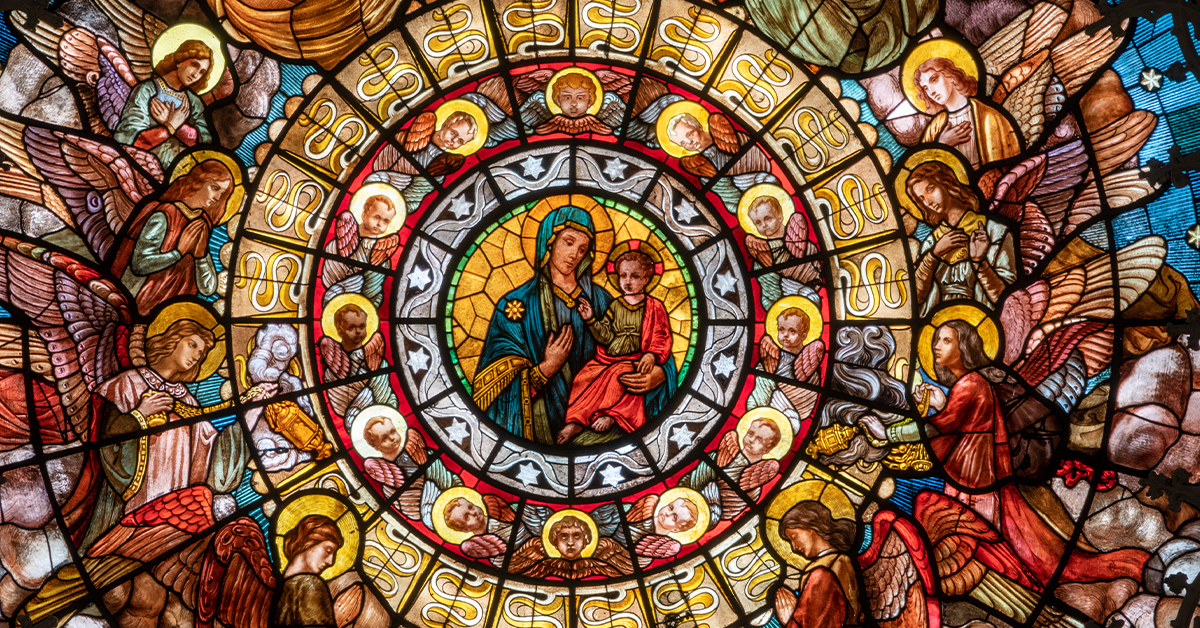
In this comment piece, Richy Thompson, our Director of Public Affairs and Policy, who was also our faith schools campaigner from 2011-14, explains the 50% cap and asks – is it really ‘incompatible’ with ‘canon law’?
Before calling an election, the Government announced that it intended to lift the 50% cap on faith-based admissions to new Academies, aka Free Schools.
The cap has existed since 2007, having been endorsed by governments of all stripes. The move to lift it followed a long campaign from the Catholic Church, which has refused to open any schools under it due, they say, to this contravening canon law. The Telegraph, which broke the news, said that the move to lift it is ‘Helping more faith schools to join academy trusts’ – i.e. it’s because of the Catholic campaign.
Due to the general election, it now seems likely that the consultation on lifting the cap will be abandoned. But it’s still worth considering what lies behind that Catholic campaign to see it go.
At Humanists UK, we’re obviously not Catholics and our general attitude towards different religions’ beliefs and practices is not to question whether those beliefs and practices are genuine. But in this case, we’re making an exception, because as we shall see, the argument that canon law means the cap must go, simply doesn’t stack up. It’s clearly also troubling to have any religious law dictate what state rules should be, especially when those rules have been established for social purposes that benefit everyone. But if the religious law doesn’t even say what is claimed of it, isn’t that worth knowing?

What does the cap say?
First, let’s quickly consider the cap itself. It exists in the contracts that providers of Free Schools must sign with the Government if they want funding. It reads as follows – including the bit in square brackets:
‘[This clause only applies to free schools and new provision academies designated with a religious character…] The Academy Trust must ensure that the Academy adopts admission criteria that provide that, if oversubscribed, at least 50% of its places available each year will be allocated without reference to faith-based admission criteria.’
Straightforward enough. Up to 50% of places can be selected with reference to faith. The other 50% must be without reference to faith. However, it’s worth noting that, despite regular statements to the contrary, the second 50% of places can (and frequently do) go to children of families of the faith of the school, as they will usually qualify under other criteria, such as distance. Students of the faith of the school can also qualify separately if they have older siblings at the school – who themselves may have got in under the faith-based criteria. This means that many schools that have opened under the cap have in fact ended up with far more than 50% of pupils from families belonging to the faith of the school.
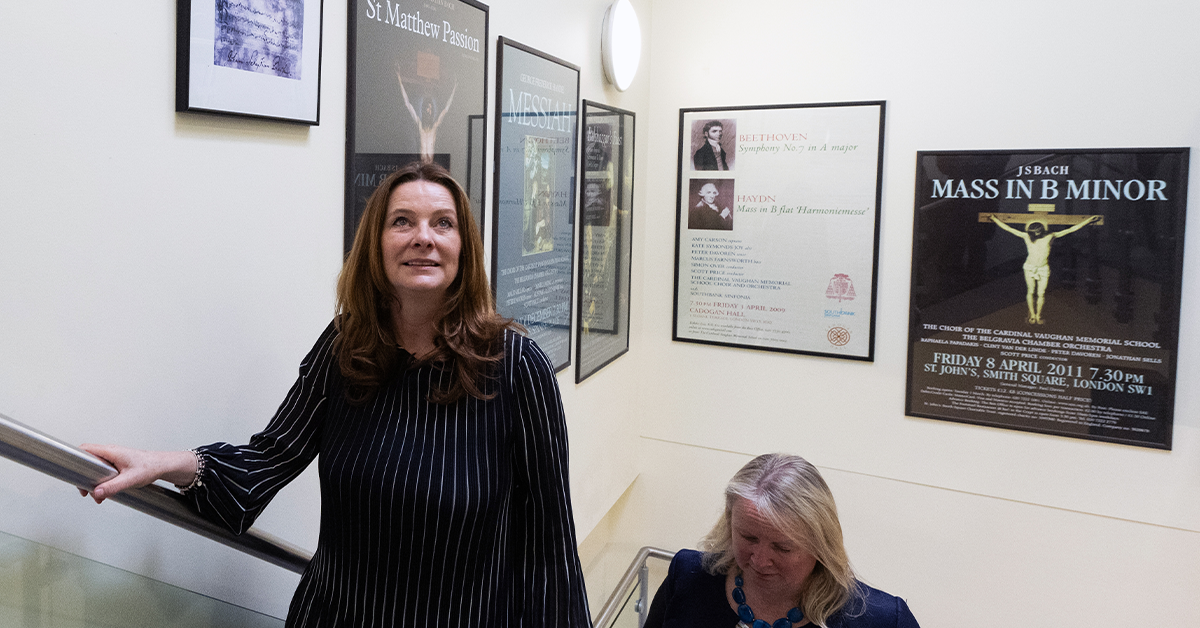
The arguments for scrapping the cap
The campaign for scrapping the cap has been spearheaded by the Catholic Church. In particular, by the Bishops Conference of England and Wales; the Catholic Education Service (CES); and an independent campaigning group called the Catholic Union.
All three bodies regularly have resorted to ‘canon law’ to justify why the cap needs to go. But I can’t see that they’ve ever said which canon law. After speaking to Catholic sources, I’m no clearer!
The Church itself has said that ‘Currently, the arbitrary cap on faith-based admissions prevents the Church from meeting the demand from Catholic parents for Catholic places and could cause schools to turn Catholic families away on the grounds that they are Catholics. To do so contravenes not only Canon Law but also common sense.’
Similarly, the CES says ‘Due to a 50% admissions cap for new religious schools, only two new Catholic ones have been built in England since 2010. The cap means a new Catholic school could be put in the position of turning away a pupil for being a Catholic, which is against canon law.’
While the Catholic Union says ‘since 2010 the Church has not been able to open new free schools due to a government policy capping at 50% the number of Catholics a Catholic school can take in if oversubscribed. This 50% cap would result in Catholic pupils being refused admission, which is against canon law.’ And ‘Canon law, however, means we cannot be told to reject Catholics from our schools based purely on their being Catholic, which the admissions cap requires.’
It should be immediately apparent that these claims are wrong. Compare the language of the cap, above, to the language used here. The cap doesn’t ‘require’ schools to ‘turn Catholic families away on the grounds that they are Catholics’. As mentioned, those pupils in the 50% selected without reference to faith could very easily be Catholics.
In fact, it doesn’t even allow free schools to do what the various Catholic bodies are claiming. Because if schools were to ‘reject Catholics purely on their being Catholic’ then that would be refusing them admittance with reference to faith – which is against the cap. So already things have gone wrong. But that brings us to our next question…
Where is the relevant canon law?
Catholic canon law on education and schools is quite easy to read. It’s available online, but in what follows we’ll pull out the key bits. (It should be noted that we’ll consider the English translation here, whereas only the Latin version is law, but it’s not clear that anything turns on that.)
This is quite long so we’re going to put it in a drop-down box (with some analysis in this box) and then discuss the most important bit afterwards.
CODE OF CANON LAW
BOOK III. THE TEACHING FUNCTION OF THE CHURCH
TITLE III.
CATHOLIC EDUCATION (Cann. 793 – 821)
Can. 793 §1. Parents and those who take their place are bound by the obligation and possess the right of educating their offspring. Catholic parents also have the duty and right of choosing those means and institutions through which they can provide more suitably for the Catholic education of their children, according to local circumstances.
Our analysis: What this first bit is saying is that Catholic parents are obliged to educate their children. And they have the duty and right to choose the means and institutions through which the Catholic education is to happen. But crucially this must be ‘according to local circumstances’. So if, say, a state-funded Catholic school is unavailable, then can they choose another means?
§2. Parents also have the right to that assistance, to be furnished by civil society, which they need to secure the Catholic education of their children.
Our analysis: This says that ‘civil society’ should assist parents to secure the Catholic education of their children. But does that mean that 100% religiously selective state schools must be available?
CHAPTER I.
SCHOOLS
Can. 796 §1. Among the means to foster education, the Christian faithful are to hold schools in esteem; schools are the principal assistance to parents in fulfilling the function of education.
Can. 797 Parents must possess a true freedom in choosing schools; therefore, the Christian faithful must be concerned that civil society recognizes this freedom for parents and even supports it with subsidies; distributive justice is to be observed.
Our analysis: Again, there is a call for ‘civil society’ to recognise the ‘true freedom’ of parents ‘in choosing schools’ for their children, including through subsidies. This seems to be the most key bit. We’ll come back to it later.
Can. 798 Parents are to entrust their children to those schools which provide a Catholic education. If they are unable to do this, they are obliged to take care that suitable Catholic education is provided for their children outside the schools.
Our analysis: Here, interestingly, the desire is for schools that provide a Catholic education, but if this cannot be the case then an alternative scenario is offered. What is more, none of this speaks to schools’ admissions policies.
It’s also worth noting that the law provides for this situation, to make sure pupils who are not at faith schools can still receive faith-based education. (See subsection (3) here and paragraph 2(3) here.)
Can. 799 The Christian faithful are to strive so that in civil society the laws which regulate the formation of youth also provide for their religious and moral education in the schools themselves, according to the conscience of the parents.
Can. 800 §1. The Church has the right to establish and direct schools of any discipline, type, and level.
§2. The Christian faithful are to foster Catholic schools, assisting in their establishment and maintenance according to their means.
Can. 802 §1. If schools which offer an education imbued with a Christian spirit are not available, it is for the diocesan bishop to take care that they are established.
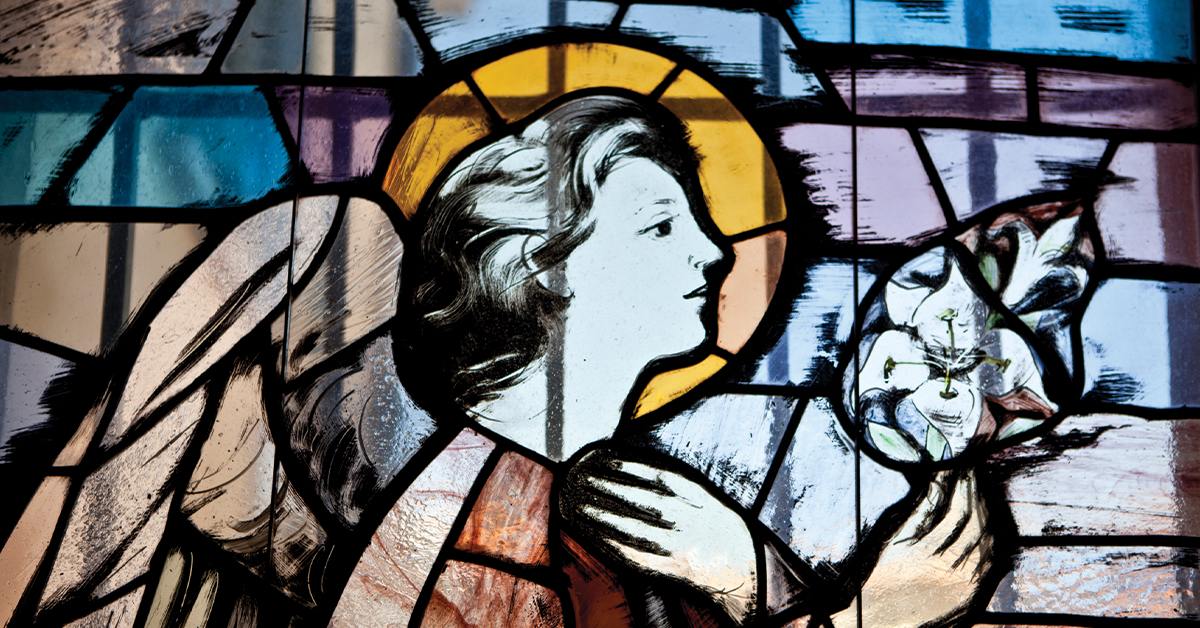
Our analysis
One thing that should be apparent from reading the above is how legally vague and imprecise canon law is. That kind of ambiguity is a reason why religious laws should not dictate civil law, as is proposed here.
The most relevant bit of canon law therefore appears to be ‘Can. 797 Parents must possess a true freedom in choosing schools; therefore, the Christian faithful must be concerned that civil society recognizes this freedom for parents and even supports it with subsidies; distributive justice is to be observed.’
But does that mean that 100% selective schools must be provided? It doesn’t seem like it does.
First, even if 100% selective schools are provided, parents still don’t have a ‘true freedom’ as obviously not every parent can get their child into the school they want, due to capacity.
Second, surely another way to strive for this ‘true freedom’ to be met under the cap is to over-provide Catholic schools – i.e. provide double the number of places needed for Catholic families. That way, Catholic families have their ‘true freedom’ (or as close to it as can be managed) while the 50% rule can be kept.
And third, building on that last point, it’s plainly the case that the Catholic Church refusing to open pretty much any new Catholic schools for 17 years means fewer children are now in Catholic schools. The result is fewer parents having the ‘true freedom’ desired than if a bunch of 50% cap schools had opened. It means that in areas that would have had a new Catholic school, 100% of children from Catholic families are unable to get a Catholic place, instead of (up to) 50%.
The best way to make sure Catholics are turned away from Catholic schools? That’s to pursue the Catholic Church’s policy of not opening any new Catholic schools.
It’s for the above reasons that a 9 May editorial in Catholic publication The Tablet said the following, regarding canon law:
‘The government… points out that it never banned the building of new Catholic schools… It was the Catholic bishops who did so, arguing that the cap could mean turning away Catholics once the 50 per cent limit had been reached. This would contradict their right and duty under canon law, they said at the time, to provide a place in a Catholic school for every Catholic child who applied. They argued that the 50 per cent cap would prevent this.
‘But their insistence that they had no choice in the matter, being bound by canon law, has never been seriously tested. Indeed, Canon 793 imposes a right and duty on parents of “choosing those means and institutions through which they can provide more suitably for the Catholic education of their children, according to local circumstances”. Pope John Paul II declared in 1994, in his Letter to Families, that the provision of Catholic education “must always be carried out in accordance with a proper application of the principle of subsidiarity”. Quite so.’
Professor Linda Woodhead, Head of the Department of Theology and Religious Studies at King’s College London and arguably the UK’s leading academic on Christianity, has said:
‘There is in fact no such canon. It’s the subtlety and openness of canon law on this matter which allows the Catholic Church across the world to operate in a wide variety of educational and legal situations with maximum flexibility.’
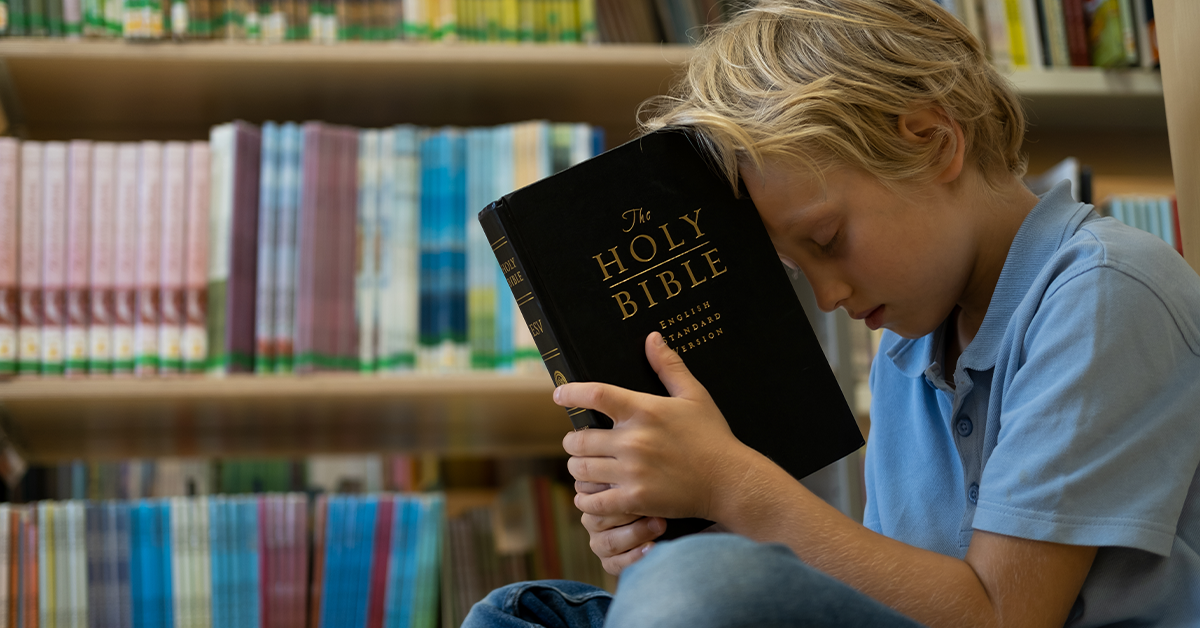
There is evidence Catholic schools and pupils can operate perfectly happily under the cap:
And that finally brings us to the abundant evidence that Catholic schools can in fact operate perfectly happily without faith-based admissions criteria – further leading to questions as to whether the cap is needed.
First, in 2016 (last time these proposals were on the table) we worked out that almost 80% of Catholic private schools in England do not select all their places with reference to religion, and many openly celebrate the fact that they do not religiously select at all. One noted that ‘diversity serves both to enrich our community and to provide a vital ingredient in preparing our pupils for today’s world’. So – religious selection is needed… unless parents pay for it.
Second, there are already Catholic state schools in England that do not select all their places based on religion. In 2016 we identified that St Richard Reynolds Catholic Primary School in Richmond, St Paul’s Academy in Greenwich, and The De La Salle Academy in Liverpool all then left a third of their places open to non-Catholic children. Since then, St John Henry Newman Catholic Primary School in Peterborough has joined that list. It has one-fifths of places that are ‘open’ and allocated purely on distance from the school. (The Church might argue that there aren’t enough Catholic families to fill these schools. But if that’s so, why not have religious oversubscription criteria anyway? Because that way, if demographics change and there are enough Catholic families then they will get priority. As things stand, they wouldn’t.)
Third, many Catholic state schools in Scotland do not religiously select their pupils. State-funded Catholic primary schools in Ireland were banned from using religious selection in 2018.
Fourth, relatedly, around the world allowing state-funded schools (Catholic or otherwise) to religiously discriminate in admissions is extremely rare. A recent OECD survey identified only the UK, Ireland, Israel, and Estonia as permitting discrimination of this nature. Many countries instead have separate RE for pupils from different backgrounds – so pupils from Catholic families can be in non-Catholic schools but still have Catholic RE. In fact the law here allows Catholic parents whose children are in non-Catholic schools to request the same thing. Does the Catholic Church oppose this arrangement in those other countries? Maybe it does, but we’ve not seen it.
Finally, the Catholic International Education Office – the umbrella body for over 100 national Catholic education organisations around the world, including the CES – stated in an official paper circulated at the Council of Europe in November 2016 that a ‘Catholic school is an inclusive school, founded in intercultural and interreligious dialogue. A non-discriminatory school, open to all, especially the poorest… [It] is anything but a communitarian school. It is open to all. In many European, American, Arab, African or Asian countries, the Catholic school welcomes mainly, or even exclusively, Muslim pupils, Buddhists, animists, or pupils of other religions, even those without religion. It must constantly promote intercultural and interreligious dialogue’.
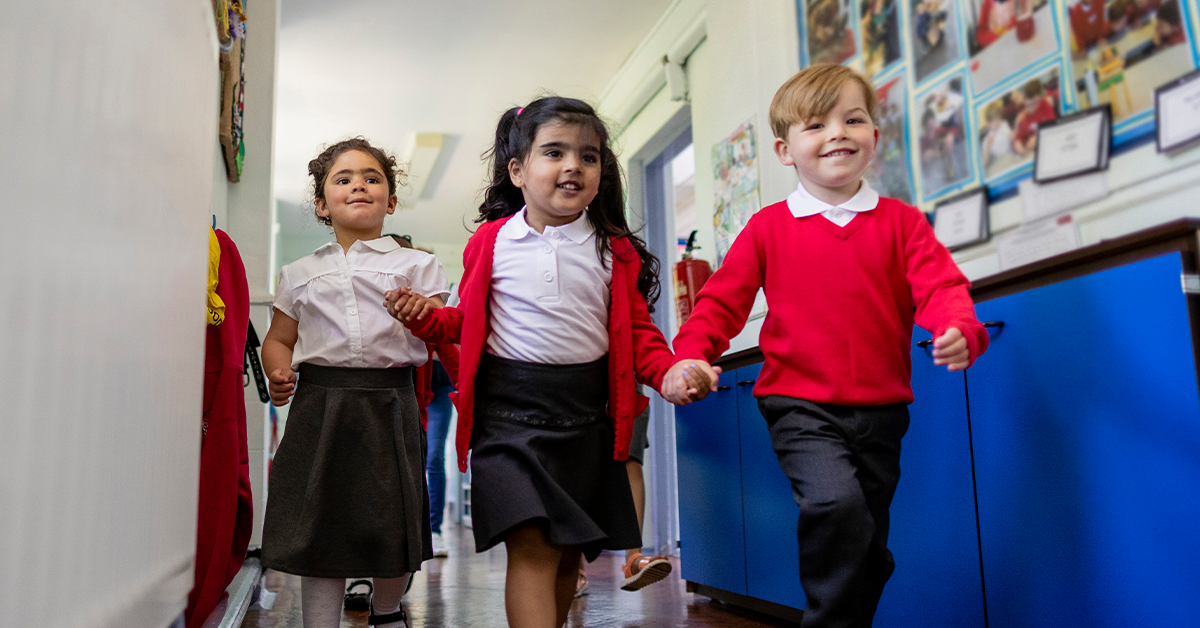
Conclusion
So: the cap does not operate as the various Catholic bodies claim. It cannot require or even allow hypothetical Catholic free schools to ‘reject Catholics purely on their being Catholic’. It is unclear what canon law exists that the cap would contravene. Arguably there is none and indeed the evidence from private schools here and state schools around the UK, Ireland, and other countries would suggest not.
If the Catholic Church doesn’t like the fact that some Catholic families may not get places in Catholic schools where they are subject to the cap, there are other approaches it can pursue to deal with that. It could open more schools than needed simply for Catholic families.
Instead, it has pursued the best way to make sure Catholics are turned away from Catholic schools – by refusing to open any new schools at all.
Notes
For further comment or information, media should contact Humanists UK Director of Public Affairs and Policy Richy Thompson at press@humanists.uk or phone 07534 248 596.
Read the Sunday Telegraph report.
Read Humanists UK’s recent explainer on the 50% cap.
Read more about our work on faith schools.
Humanists UK is the national charity working on behalf of non-religious people. Powered by over 120,000 members and supporters, we advance free thinking and promote humanism to create a tolerant society where rational thinking and kindness prevail. We provide ceremonies, pastoral care, education, and support services benefitting over a million people every year and our campaigns advance humanist thinking on ethical issues, human rights, and equal treatment for all.
